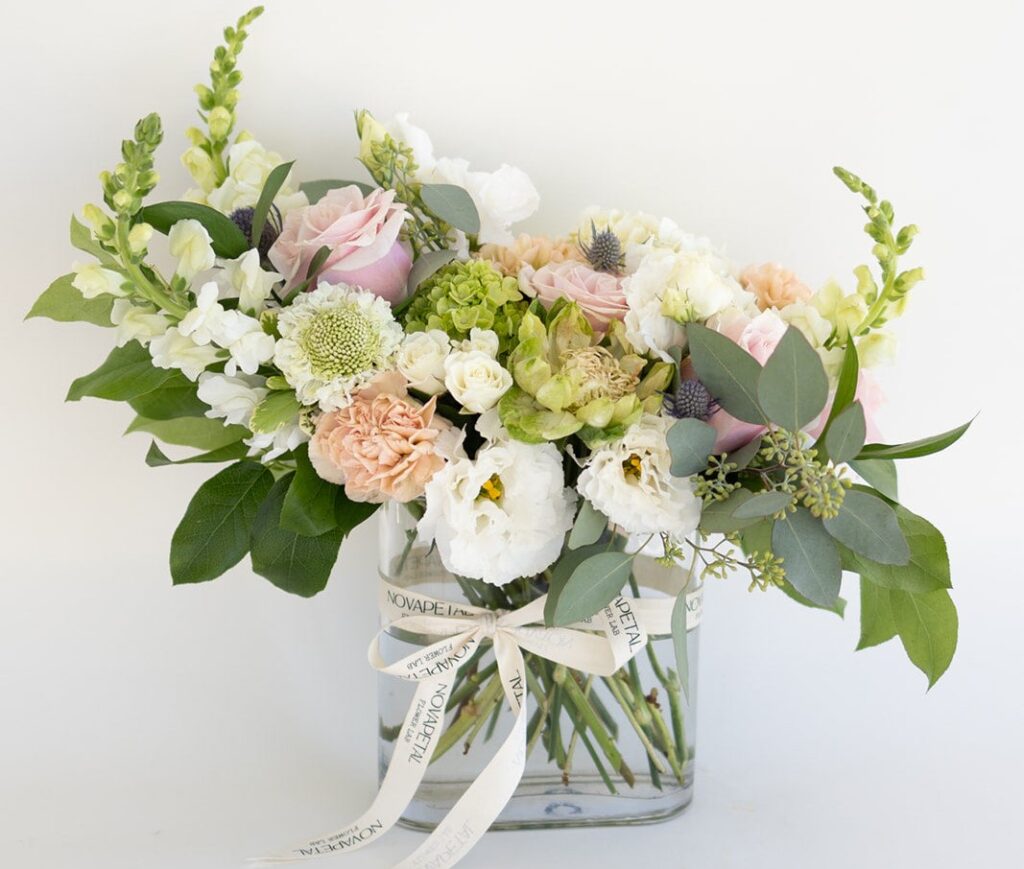In the world of custom embroidery, digitizing photographs has become a popular and fascinating way to create personalized, detailed designs. The process of converting a photograph into an embroidery design is complex, but with the right techniques and tools, you can achieve stunning results. In this comprehensive guide, we’ll explore the step-by-step process of digitizing photographs for embroidery, the challenges involved, and how embroidery digitizing services can help streamline the process.
Table of Contents
ToggleUnderstanding the Basics of Embroidery Digitizing
What is Embroidery Digitizing?
Embroidery digitizing is the process of converting artwork, such as photographs, into a digital file that an embroidery machine can read and stitch. This involves translating the image into a series of stitches, specifying the type of stitches, their length, and their direction. The digital file created through this process is known as an embroidery file, which is then used by the embroidery machine to create the design on fabric.
Why Digitize Photographs?
Digitizing photographs for embroidery allows you to capture the intricate details and essence of a picture, transforming it into a unique embroidered piece. This technique is often used to create personalized gifts, memorial items, and custom apparel. The ability to embroider a likeness of a loved one, a beloved pet, or a cherished memory adds a personal touch to your creations.
The Process of Digitizing Photographs for Embroidery
Step 1: Selecting the Right Photograph
The first step in digitizing a photograph for embroidery is selecting the right image. Not all photographs are suitable for embroidery. Choose an image with clear contrasts, defined edges, and minimal background clutter. High-resolution images with good lighting and sharp details work best for digitizing, as they provide the clarity needed to replicate the photograph accurately in thread.
Step 2: Preparing the Photograph
Before you begin the digitizing process, you may need to edit the photograph to enhance its suitability for embroidery. This might involve cropping the image to focus on the main subject, adjusting the contrast to highlight details, or simplifying the background. Using photo editing software, you can also convert the image to grayscale to better visualize how it will translate into stitches.
Step 3: Choosing the Right Embroidery Software
To digitize a photograph, you’ll need specialized embroidery digitizing software. This software allows you to convert your image into a stitch file that your embroidery machine can read. Popular options include Wilcom, Brother PE-Design, and Hatch Embroidery. When selecting software, consider its user-friendliness, range of features, and compatibility with your embroidery machine.
Step 4: Converting the Photograph into a Stitch File
Once your photograph is ready, you can start the digitizing process. Import the image into your embroidery software and use the following techniques to convert it into a stitch file:
- Auto-Digitizing: Some software offers an auto-digitizing feature that automatically converts the image into a stitch file. While convenient, this option may require manual adjustments to ensure the design is optimized for embroidery.
- Manual Digitizing: For more control and precision, you can manually digitize the image. This involves tracing the main elements of the photograph and assigning different stitch types and colors to each section. Manual digitizing allows you to fine-tune details and create a more accurate representation of the photograph.
- Stitch Type Selection: Choose appropriate stitch types based on the complexity of the image. For example, use satin stitches for smooth edges and fills for larger areas. The choice of stitch type can significantly impact the final appearance of the embroidery.
- Color Reduction: Photographs often contain a wide range of colors, but embroidery is limited by the number of thread colors available. Reduce the number of colors in the image while maintaining its integrity. Most software allows you to merge similar colors or select thread colors that closely match the original image.
Step 5: Adjusting and Refining the Design
After the initial conversion, review the stitch file and make any necessary adjustments. Pay close attention to areas where details may have been lost or distorted. Adjust the stitch density, direction, and length to ensure the design captures the essence of the photograph. Test stitching a small section of the design on fabric can help identify any issues that need correction.
Step 6: Test Stitching
Before embroidering the final piece, it’s crucial to run a test stitch on a similar fabric. This allows you to see how the design translates from the digital file to the physical fabric and make any final adjustments. Test stitching helps identify potential problems such as thread breaks, misalignment, or undesired effects, ensuring the final product meets your expectations.
Step 7: Finalizing the Embroidery
Once you are satisfied with the test stitch, you can proceed to embroider the final piece. Set up your embroidery machine with the correct thread colors and fabric, and let the machine do its work. Monitor the process to ensure everything runs smoothly and make any last-minute adjustments as needed.
The Role of Embroidery Digitizing Services
While digitizing photographs for embroidery can be a rewarding process, it requires a certain level of expertise and experience to achieve professional results. This is where embroidery digitizing services come in. These services offer specialized skills and advanced software to digitize complex designs, including photographs, with precision and accuracy.
Why Use Embroidery Digitizing Services?
- Expertise: Professionals have the knowledge and experience to handle the intricacies of digitizing photographs, ensuring high-quality results.
- Time-Saving: Outsourcing the digitizing process allows you to focus on other aspects of your project, saving you time and effort.
- Consistency: Professional digitizers can create designs that are consistent and replicate well across multiple items, which is essential for commercial or large-scale projects.
Conclusion
Digitizing photographs for embroidery is a blend of art and technical skill. While the process can be intricate, the end result is a unique, personalized embroidered piece that captures the essence of the original photograph. Whether you choose to undertake the digitization process yourself or utilize professional embroidery digitizing services, understanding the steps involved and the challenges you might face is crucial to achieving the best possible outcome.
FAQs
Q1: What types of photographs are best suited for embroidery digitizing?
A1: Photographs with clear contrasts, defined edges, and minimal background clutter work best for embroidery digitizing. High-resolution images with good lighting and sharp details are ideal, as they provide the clarity needed for accurate replication in thread.
Q2: Can any photograph be digitized for embroidery?
A2: While most photographs can be digitized, not all will produce good results. Highly complex images with too many details or colors may not translate well to embroidery. It’s essential to choose a photograph that can be simplified without losing its essence.
Q3: How long does it take to digitize a photograph for embroidery?
A3: The time required to digitize a photograph depends on the complexity of the image and the digitizer’s skill level. It can take anywhere from a few hours to several days to create a high-quality embroidery file.
Q4: What is the cost of using embroidery digitizing services?
A4: The cost of digitizing for embroidery varies depending on the complexity of the design and the service provider. Prices can range from a few dollars for simple designs to higher fees for intricate or large-scale projects.
Q5: Can I digitize photographs myself, or should I hire a professional?
A5: While it’s possible to digitize photographs yourself using the right software, hiring a professional is recommended for complex designs or if you lack experience. Professionals
have the expertise and tools to ensure a high-quality, accurate result that may be challenging to achieve on your own.
Q6: What are the common challenges in digitizing photographs for embroidery?
A6: Common challenges include managing color complexity, capturing fine details, and ensuring that the design translates well from digital format to fabric. Additionally, thread breaks, misalignment, and unwanted effects can occur if the digitization process is not done carefully.
Q7: Can I use any embroidery machine to stitch a digitized photograph?
A7: Most modern embroidery machines can stitch digitized photographs, but it’s important to ensure your machine is compatible with the specific embroidery file format generated by your digitizing software. Always check your machine’s specifications and test stitch a sample to confirm compatibility.
Q8: How can I ensure the best quality when digitizing a photograph for embroidery?
A8: To ensure the best quality, choose a high-resolution photograph, use professional digitizing software, and pay attention to detail during the digitization process. If in doubt, consider using embroidery digitizing services to guarantee a professional outcome.
Q9: What is the role of stitch density in embroidery digitizing?
A9: Stitch density refers to the number of stitches per unit area in an embroidery design. Proper stitch density is crucial for maintaining the design’s integrity, preventing fabric distortion, and ensuring the embroidered image closely resembles the original photograph. Adjusting stitch density is a key step in refining the digitized design.
Q10: How do I choose the right thread colors for my digitized photograph?
A10: Selecting the right thread colors involves reducing the number of colors in your photograph to match the available threads. Use your software’s color reduction tools and compare the thread colors to the original photograph. It’s often necessary to compromise on exact matches, but careful selection can still achieve a visually pleasing result.









